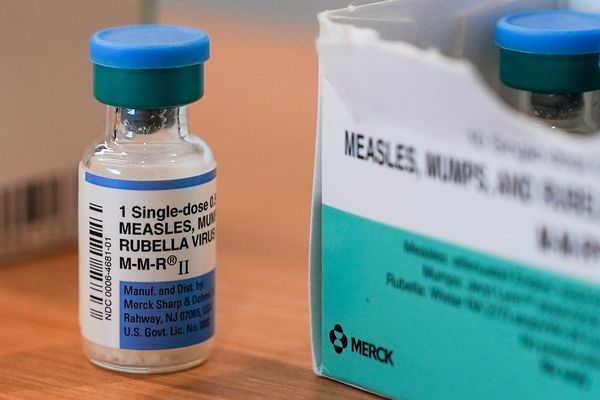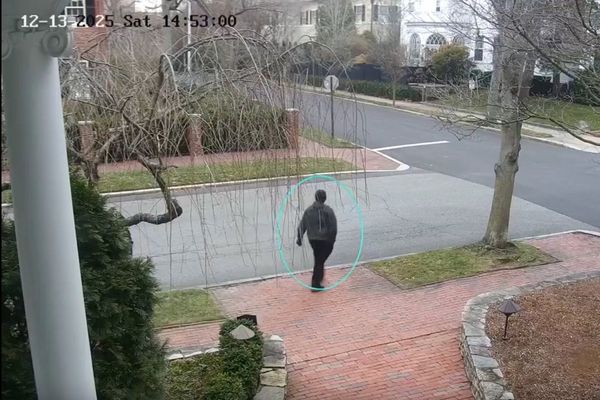
Elon Musk-led SpaceX announced it launched 21 satellites for the U.S. Space Force's Space Development Agency to help in military communication and missile tracking.
Proliferated Warfighter Architecture
The company shared the announcement via an update on its official website on Wednesday. SpaceX transported the low Earth orbit satellites aboard the company's Falcon 9 rocket from California's Vandenberg Space Force Base.
"This was the sixth flight for the first stage booster supporting this mission, which previously launched five Starlink missions," SpaceX said. Talking about the mission, the company took to the social media platform X to share details.
"The 21 spacecraft launched today are part of the SDA's Proliferated Warfighter Space Architecture," SpaceX said in the post, before adding that the PWSA was a "layered network of satellites in low-Earth orbit" which will aid military communication, as well as "missile warning, indication, and tracking capabilities."
Boosting Golden Dome Credentials? SpaceX 10th Starship Launch
The launch could help boost SpaceX's Golden Dome credentials after it was earlier reported that any mention of the company was left out of a Pentagon briefing about the Trump administration's project to 3,000 defense contractors.
SpaceX was reportedly a frontrunner to secure defense contracts earlier this year, from the Pentagon for the Golden Dome project. It was reported that the company was also mulling offering its services for the project on a subscription-based model.
The company was going to be involved in the ‘custody layer' of the project, which would use satellites to track missiles.
Elsewhere, SpaceX successfully conducted the tenth launch test of its flagship rocket, Starship, after repeated failures and delays. Musk also provided details about upcoming versions of the rocket, sharing that the Starship V3 and V4 would be larger and boast more payload capacity.
Starlink's Echostar Deal, Starlink-Enabled Smartphones?
Meanwhile, SpaceX bought Echostar Corporation's (NASDAQ:SATS) AWS-4 and H-block spectrum licenses for approximately $17 billion, in what could be a major boost for the satellite internet provider.
Following the deal, Musk was also asked whether SpaceX was developing technology to provide Starlink connectivity to smartphones directly, to which Musk responded that it was in the works and SpaceX was in talks with phone companies.
Check out more of Benzinga's Future Of Mobility coverage by following this link.
Read Next:
Photo courtesy: Shutterstock







